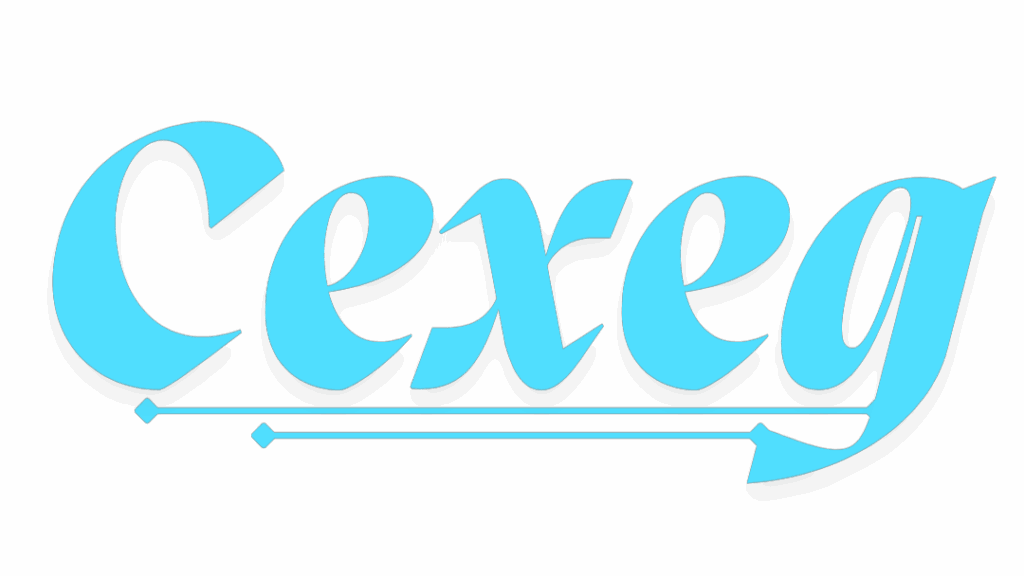Writing an engaging resume is an essential skill that can greatly impact your professional journey. With the job market becoming increasingly competitive, mastering the art of crafting an attractive resume is crucial. It’s more than just listing your qualifications; it’s about strategically marketing yourself to potential employers.
The secret to a captivating resume is finding the right balance between professionalism and personal branding. A well-designed resume can unlock opportunities you might not have even anticipated. By concentrating on clarity, structure, and content, you can create a document that outshines others in a crowded field.
In this article, we’ll uncover practical tips and strategies for writing an appealing resume that catches the eye of employers. From personalizing your experience to showcasing key skills, our guide will aid you in presenting your strengths in the most compelling manner. Let’s dive into transforming your resume into a potent tool for success.
Understanding the Role of a Resume
Your resume is the first impression you leave on potential employers, and it’s crucial to make it memorable. It serves as a snapshot of your professional journey, highlighting your skills and accomplishments. Ideally, it should communicate your value in a concise, organized format that hiring managers can easily digest.
Although often perceived as a formality, a resume is an opportunity to stand out. Employers receive countless applications, and a well-crafted resume can set you apart from the competition. Think of it as your personal marketing tool, crafting your narrative to align with specific job requirements.
When viewed as a dynamic document, your resume can be continually updated and tailored for each job application, ensuring relevance and appeal. By understanding the role of a resume, you can leverage it to maximize your chances of landing the job you desire.
Structuring Your Resume for Clarity
A well-structured resume enhances readability and highlights your strengths. Begin with a clean layout, using clear headings and logical sections. This approach allows hiring managers to quickly navigate through critical information, such as your work experience and education.
Keep your format consistent, choosing fonts and sizes that maintain a professional appearance. Use bullet points to summarize job responsibilities and accomplishments, making it easier for employers to assess your qualifications. Favor simplicity over complexity to avoid overwhelming the reader.
Additionally, prioritize the most relevant information. List experience in reverse chronological order, focusing on recent achievements that match the job description. Clarity in structure reflects clarity in thought, a quality appreciated by potential employers.
Personalizing Your Experience
Generic resumes rarely capture attention. Tailoring your experience for each application demonstrates your commitment and interest in the position. Begin by closely analyzing the job description and identifying key qualifications the employer seeks.
Highlight experiences that directly align with these qualifications, using the same language and keywords used in the job listing. This not only makes your resume relevant but also aids in passing through Applicant Tracking Systems (ATS) used by many companies.
Be concise yet specific about your achievements; quantify results where possible. Personalization means connecting your past roles to the potential future role, presenting you as the ideal candidate for the position.
Showcasing Your Skills
Beyond experience, your skills are vital in convincing employers of your suitability for a role. Identify both hard and soft skills that are pertinent to the position. Hard skills relate to specific knowledge or abilities, like proficiency in software or languages.
Soft skills, such as communication, teamwork, and problem-solving, are equally important. They often set candidates apart, showing how you work effectively within a team or navigate challenges. Provide examples of how you’ve utilized these skills in your past roles.
Organize your skills section strategically, possibly under a separate heading. This clear display enables hiring managers to quickly assess whether you have the capabilities necessary for the job, increasing your chances of landing an interview.
Writing a Captivating Summary
Your resume summary or objective is your elevator pitch—it’s the snapshot that should capture the reader’s attention right away. This section should be concise, ideally no longer than a few sentences, encapsulating who you are and what you’re looking to achieve.
Focus on your most impressive accomplishments and skills, tailored to align with the prospective job. Use powerful, action-oriented language to convey your professional narrative compellingly.
A captivating summary sets the tone for the rest of your resume, drawing the employer in and encouraging them to read further details about your suitability for the job.
Leveraging Professional Formatting
Professional formatting reinforces the overall appeal of your resume. Use ample white space to make the content digestible and a subtle color palette for emphasis without distraction. Consistent margins and spacing further mature the presentation.
Consider creating a custom header with your name and contact information prominently displayed. This not only looks professional but also makes it easy for employers to contact you.
The key is to maintain simplicity while ensuring all essential information is accessible. High-quality formatting can enhance your resume’s attractiveness, ensuring it leaves a lasting impression.
Conclusion
An attractive resume is more than a mere list of jobs and skills; it’s a dynamic marketing tool that communicates your value proposition to prospective employers. By focusing on clarity, structure, and personalization, you can craft a resume that not only resonates with hiring managers but also leads to interviews.
Remember, each section of your resume is an opportunity to showcase your unique strengths and make a lasting impression. Keep refining your resume, incorporating feedback and new experiences, to keep it fresh and relevant.
Ultimately, mastering the art of resume writing can open doors to new career opportunities, setting the stage for professional growth and success. Take the next step confidently—your perfect job is within reach.
